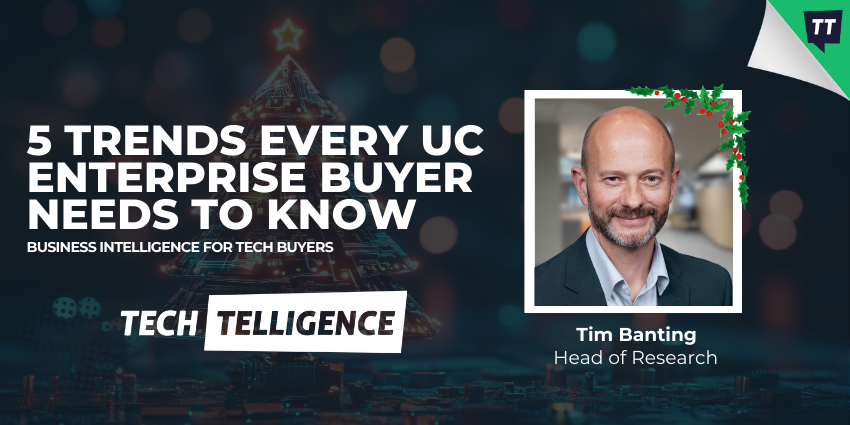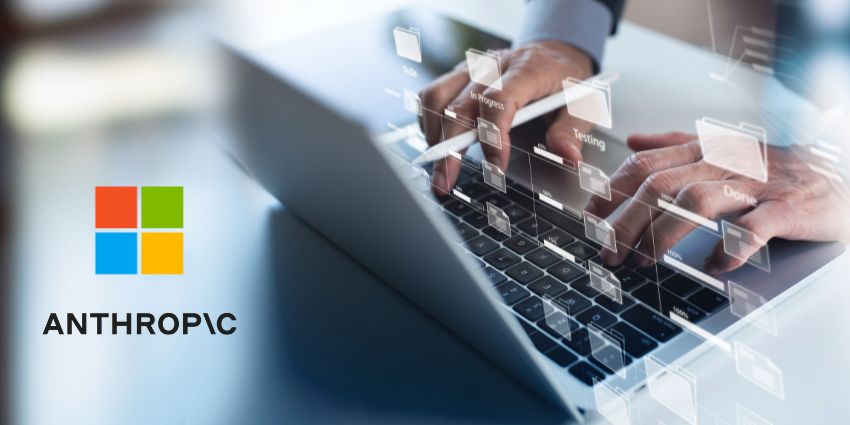The countdown to 2025 is on – and IT teams are beginning to focus on the trends likely to shape the latest iteration of their cloud-powered future roadmaps.
A new year means new challenges and new ideas, as ever-evolving unified technologies continue to transform the way the world works.
Here, Andy Bevan, Head of Cloud and Digital Transformation at leading Managed Service Provider Daisy Corporate Services, shares five top topics that he believes should be front of mind for businesses of all types and all sizes…
FinOps
It’s a familiar dilemma – your Chief Financial Officer gives you a fixed IT budget but several months later the CEO wants to accelerate a new business initiative that will require support from the IT organisation and significant growth in its platforms.
Thankfully, for those operating in the Private Cloud space, the latest generation of hardware technology offers the opportunity to reduce compute estate footprints by up to 60% via massive consolidation of legacy technologies. As a consequence, licence subscription costs can be reduced by 40% or more, and power consumption can be halved, freeing up valuable capacity and budget.
If you operate predominantly in the Public Cloud space, ease of consumption and less than perfect oversight can lead to significant rises in spend, but with the deployment of specialist FinOps tooling, reductions in spend of 35% or more are typical once the recommendations are implemented.
When all those numbers have been crunched – and if you put your mind to serious optimization – it’s possible to reduce overall spend by a third. Add to those savings the positive impact that IT consolidation and modernisation can have on day-to-day working processes and it’s easy to see how the coming year could deliver surprise efficiencies that perhaps weren’t thought possible. It’s about sharing your aspirations with your Managed Service Provider and trusting them to think strategically on your behalf. That’s the kind of relationship that will deliver high-value results.
Sustainability
2025 – that’s just five years out from the 2030 net zero deadline set by many businesses committed to cutting carbon emissions and shaping a greener future. Sure, the UK government’s own 2030 deadline has slipped in the last couple of years but that is unlikely to slow any corporate initiatives set to meet their 2030 targets. AI’s voracious appetite for processing and storage will inevitably put pressure on total carbon emission levels related to IT hardware manufacture as capacities necessarily increase. The trick for businesses, therefore, will be to leverage that same AI to optimise their workflows and processes in ways which create a more sustainable operation and reduce the size of their overall carbon footprint. I predict ESG Directors and IT Directors will realise that, by working more closely together, they have levers they can pull that can make a hugely positive impact. An example might be to opt for highly recyclable products or certified re-manufactured items such as those now being provided by our vendor partner HPE. Significantly consolidating your hardware estate – see FinOps, above – can lead to substantial tCO2e Scope 3 reductions against your current estate, and procuring through an Opex model may further flatten the attributable Scope 3 emissions over a longer period as opposed to seeing a huge impact within a single year when Capex purchases are made.
5G
2025 will see the highest increase ever in network-connected end point deployments and, consequently, data generation. Think about the ongoing rise in robotic manufacturing processes, CCTV monitoring, and vehicle telematics in the freight and logistics industry. There will also be continued growth in IoT sensor deployments across all sectors. That’s an awful lot of high-bandwidth, low-latency processing requirement, often in challenging environments for traditional networking and WiFi – meaning that private 5G will become a viable, mainstream solution. It will handle unique use cases that Wi-Fi struggles with and where wired Ethernet is too expensive or inflexible. With expert MSP help and support, the deployment of private, at-scale 5G can be surprisingly cost-effective. And, because it’s private, it can be properly secured and controlled. Add it to the roadmap or risk getting left behind.
Edge Computing
Low latency, high data volume demands generated by next gen IoT and AI will bring Edge computing into focus in 2025. The vast volume of that real-time, no-future-value type of data does not need to be stored indefinitely so it does not need to be pushed to the cloud and therefore create cost. In fact, it’s possible to argue that Edge computing has always been there but has existed in isolation via a single server gathering dust in, say, the corner of a manufacturing facility. If organisations think of Edge as part of their overall cloud provision, it can be secured and managed more effectively and efficiently and deliver increased value. It’s about working with your MSP to revisit your cloud strategy, examining your specific use cases carefully, to extract maximum benefit and a higher return on your investment.
AI
If 2024 was the year in which AI generated huge amounts of hype, 2025 is set to be the year in which organisations review use cases and address business outcomes in more depth. In fact, the most successful deployments of any generative AI tooling will depend not on the technology itself, but properly defining the use cases and the data required to deliver value. AI relies on data, of course, but perhaps more pertinently, the quality of the data upon which it feeds. Make 2025 the year of the data strategy. How is it acquired? Where from? Where is it stored? Who has access to it? How is it secured? How is it kept up to date? How is it going to be used? How can it be monetized? Understanding the answers to these questions can prepare your organisation for a successful internal AI program.
Naturally, this takes time, so it is important to review and maximise the AI capability that is baked-in to Independent Software Vendors’ tools and applications such as CRM systems, finance platforms and the like. Businesses can gain significant advantage by leveraging the investment that ISV’s have already made. For example, our contact centre solution partner RingCentral has its intelligent virtual agent functionality – in its RingSense product – and our ITSM partner ServiceNow has its Now Assist automation smarts that understands context and automatically routes tickets to appropriate resolver groups.
Conclusion
Make 2025 the year of leveraging your relationship with your MSP. The multiple moving parts that comprise the ever-evolving IT landscape create challenges and opportunities. Experience and expertise in deployment and support are factors that are every bit as valuable as the technological solutions themselves. Pick the right partner and reap the rewards.
Happy New Year!
To learn more about how Daisy Corporate Services – part of the Wavenet Group – can help your business maximise the benefits of cloud-powered IT unification, visit the website.







